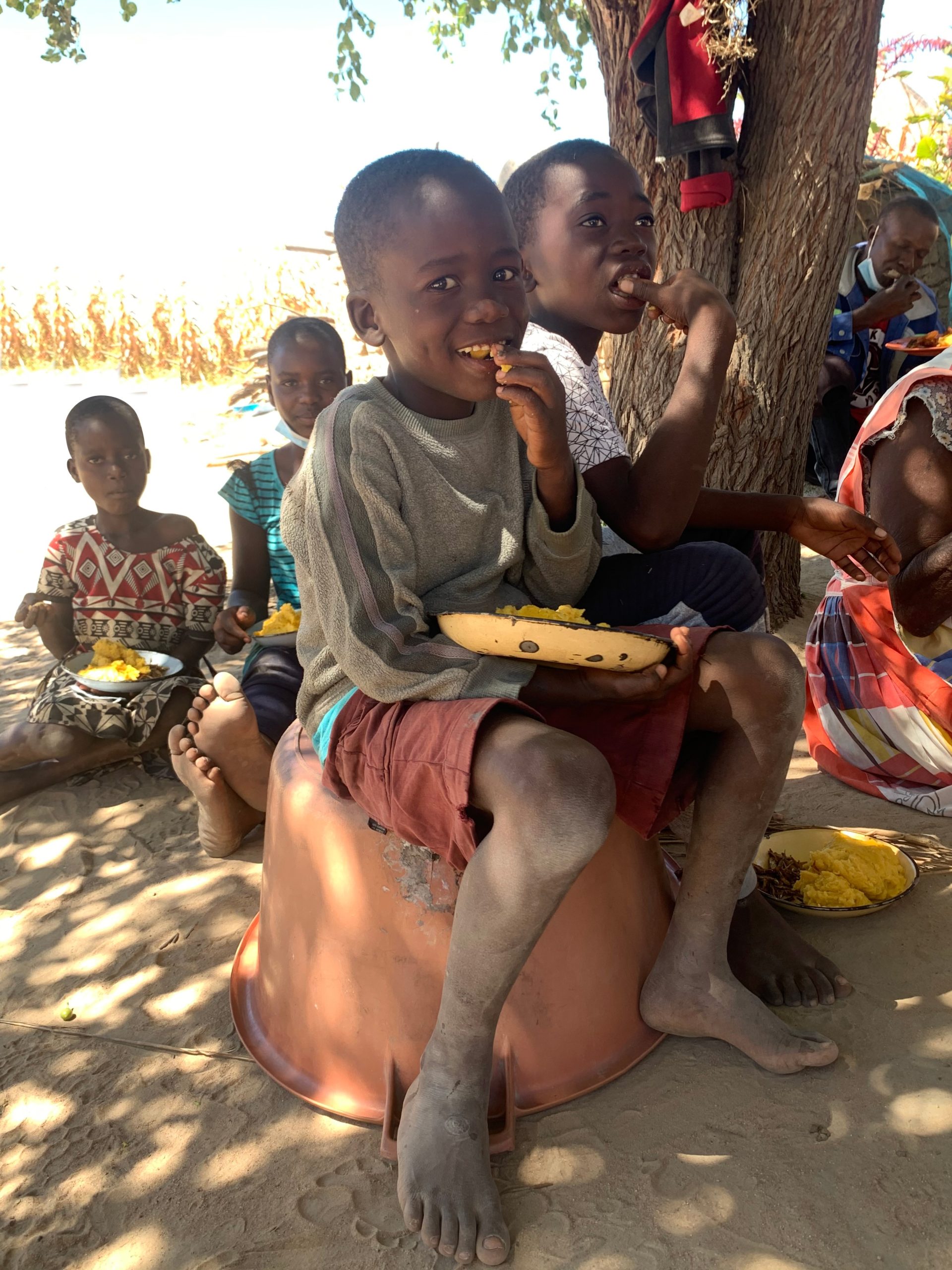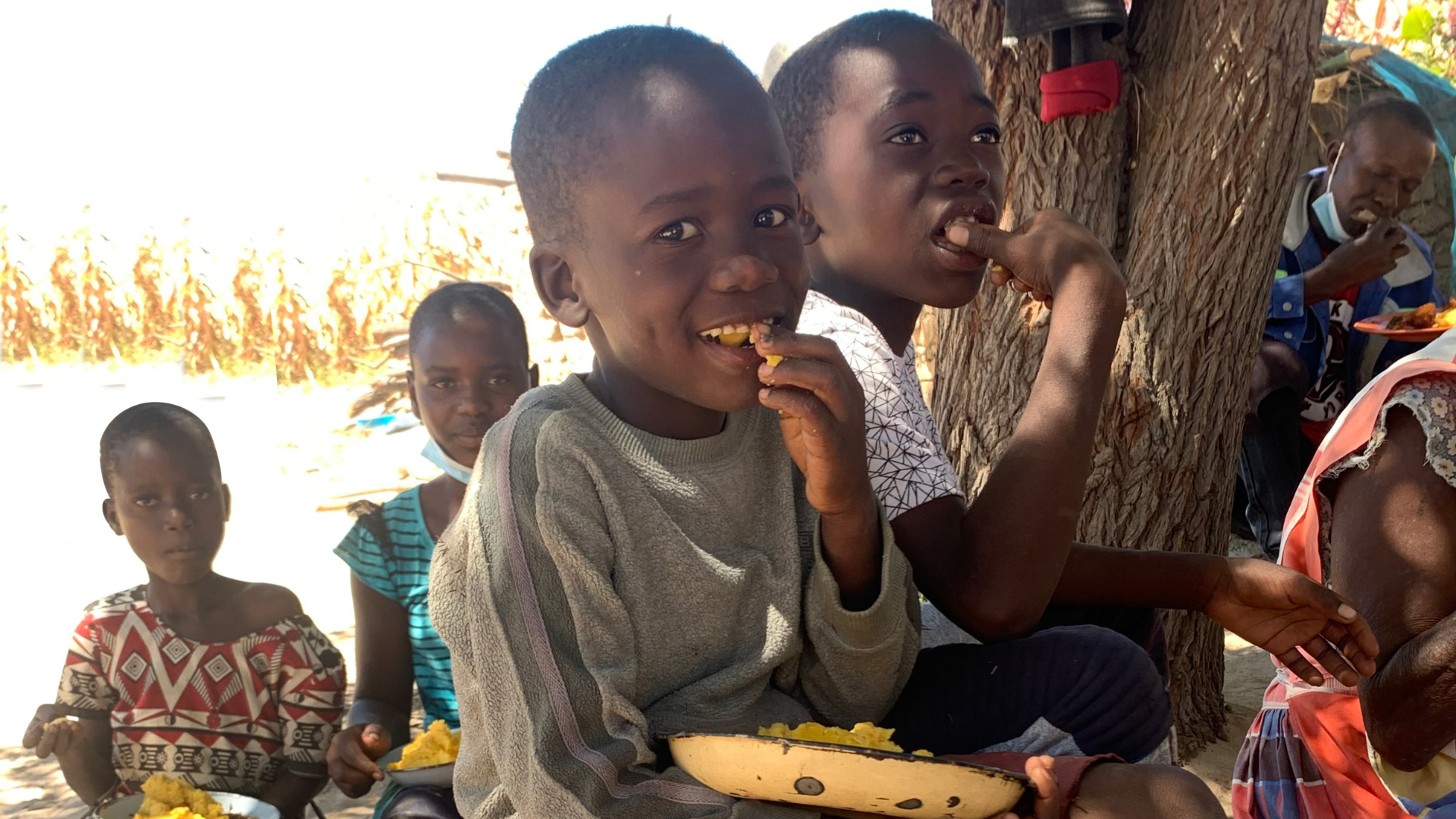Climate Change and Child Malnutrition in Zimbabwe: Evidence to Action
Climate Change and Child Malnutrition in Zimbabwe: Evidence to Action will generate evidence to understand the effects of climate change on child malnutrition in rural Zimbabwe. The overarching hypothesis is that climate change and related weather events indirectly increase child malnutrition by increasing food insecurity and decreasing dietary diversity.
This project will use a multisectoral approach to evidence generation and co-creation of community and policy action that incorporates village, district, provincial and national participation. The project aims to generate evidence linking climate change to malnutrition and co-develop mitigation strategies with communities that directly address the link between climate change and malnutrition.
The project has four activities:
- Examine the relationship between climate change in rural Zimbabwe and patterns of malnutrition utilizing environmental data (rainfall, temperature) and national Zimbabwe survey data (livelihoods, climate change mitigation strategies, dietary diversity and child malnutrition).
- Explore community understanding of the relationships between climate change and malnutrition with a mixed methods approach in two districts (survey and community-led workshops).
- Co-develop and refine climate-smart strategies that address the effects of climate change on malnutrition with agricultural and health cadres.
- Develop a communication plan with policymakers to disseminate findings about the relationship between climate change to child malnutrition.
Objectives:
- Use environmental data and national-level survey data on climate change and shocks related to climate change and examine associations with nutritional outcomes including food security, dietary diversity and child malnutrition.
- Conduct household surveys to understand how agricultural and child feeding practices change under climate variability.
- Conduct community workshops using community walks and River of Life Methodology to understand community perspectives on the relationship between climate change and child malnutrition.
- Co-develop and refine climate-smart strategies that communities can implement to directly address the relationship between climate change and malnutrition.
- Pilot implementation of strategies in two sites utilizing community health and agricultural extension workers.
- Share results with policy makers to contextualize malnutrition in the context of climate change policy.


